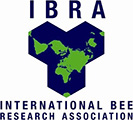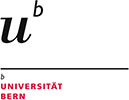Using new cage type for keeping virgin honey bee queens with investigating impacts of feeding type
Abstract Under normal conditions, each honey bee colony contains one queen. Queenless colonies are mostly supplied with new queens using commercial caged queens. In some countries, caged virgin queens are commonly sold for such purpose. Keeping virgin queens for a long period is essential for marketing and shipping purposes. In this study, a new cage…






